Happy 10th Anniversary, Ethereum!
CRYPTODAY 149
🎉 To celebrate Ethereum’s 10th Anniversary, I’ve compiled 10 fascinating facts about the world’s most popular smart contract blockchain 🎉
Ethereum was conceived by Vitalik Buterin at age 19, back when he was still a contributor to the Bitcoin open-source project, as well as working as the editor of Bitcoin Magazine. He argued that Bitcoin needed a built-in scripting language that would allow developers to create apps natively on its blockchain. Although Bitcoin does have a basic scripting language (literally just called “Script”), it intentionally doesn’t support loops or conditions, making it nearly impossible to write abusive code. Ethereum’s own scripting language is called Solidity and is a Turing-complete language, allowing an infinite number of both useful ideas and scary exploits to be created.
None of Vitalik’s original 7 co-founders are still working on Ethereum. These include Mihai Alisie (now working on Akasha), Anthony Di Iorio (now working on Jaxx), Amir Chetrit (left in 2014), Charles Hoskinson (now working on Cardano), Gavin Wood (now working on Polkadot), Jeffrey Wilcke (now working on Grid Games), and Joseph Lubin (now working on Consensys, creators of Metamask).
The name “Ethereum” is inspired by the Hayao Miyazaki film “Laputa: Castle in the Sky,” which features a magic crystal that extracts energy from the air, called “Aethereum.”
Ethereum was launched through a crowdfunding campaign in 2014, raising $18M worth of Bitcoin, making it the original ICO. The ETH token sale began on July 22, 2014 and for the first 14 days, you could buy 2,000 ETH for 1 BTC ($500-600 at the time). The amount of ETH you could buy would fall linearly for the rest of the sale, with the final amount being 1,337 ETH for 1 BTC by the time the sale closed in September. Ethereum’s sale legitimized the “premine” issuance strategy, because prior to this, most premined tokens were considered scams.
Ethereum’s price against Bitcoin has gained significantly since that earlier 2000:1 ratio. These days, it ranges from 30-35 ETH per Bitcoin, although for a few months in mid-2017 it was as strong as 8 ETH per Bitcoin. Its weakest ratio in the past 5 years was literally just this April 2025, at 57 ETH per Bitcoin.
Ethereum’s testnets are all named after transport terminals around the world: “Sepolia” is in Athens, “Goerli” is in Berlin, “Ropsten” and “Rinkeby” are both in Stockholm, and “Kovan” is in Singapore.
In 2016, a unique organization was born on the Ethereum network called “The DAO.” The idea was to create a decentralized venture capital fund where all the participants democratically voted on projects to invest in, and then share in the subsequent profits. It raised $150M from over 11,000 participants in April, only to be hacked later that year in June. The DAO lost a third of its funds in minutes. The community voted to rollback the transaction that stole the funds … a controversial decision that was opposed by a small contingent that wanted to uphold the principles of decentralization. As a result, the Ethereum blockchain forked for the first time, with the original, hacked version continuing on as “Ethereum Classic” (ticker symbol “ETC”), and the rolled-back version retaining the Ethereum name. (The following year, Bitcoin would undergo its own civil war, resulting in a network split that gave birth to the Bitcoin Cash blockchain.)
Ethereum was always envisioned as a “proof-of-stake” blockchain from its inception, but it took the Foundation 7 years to make the transition from the earlier “proof-of-work” consensus mechanism. This transition was called “The Merge,” and went into effect in September 2022. Amongst many improvements, the Merge reduced the Ethereum network’s electricity consumption by 99%, introduced native staking, and allowed the overall circulating supply to get smaller year over year, potentially increasing the value of the remaining tokens.
Ethereum Foundation’s visually distinct posters and covers are created by Liam Cobb, Will Tempest, and Viktor Hachmang. You can find the whole collection of gorgeous visualizations in Ethereum Foundation’s Brand Assets page. As a personal sidenote, I’ve always been a huge fan of French artist Moebius, and much of Ethereum’s visual identity feels like an extension of his style and vision.
To celebrate its 10th anniversary, Ethereum created an NFT Torch that would be passed from one person to another every 24 hours before being permanently burned on July 30th, 2025. You can follow the torch’s path on-chain or on its official page … which coincidentally also has a list of 10th anniversary parties happening all over the world today!


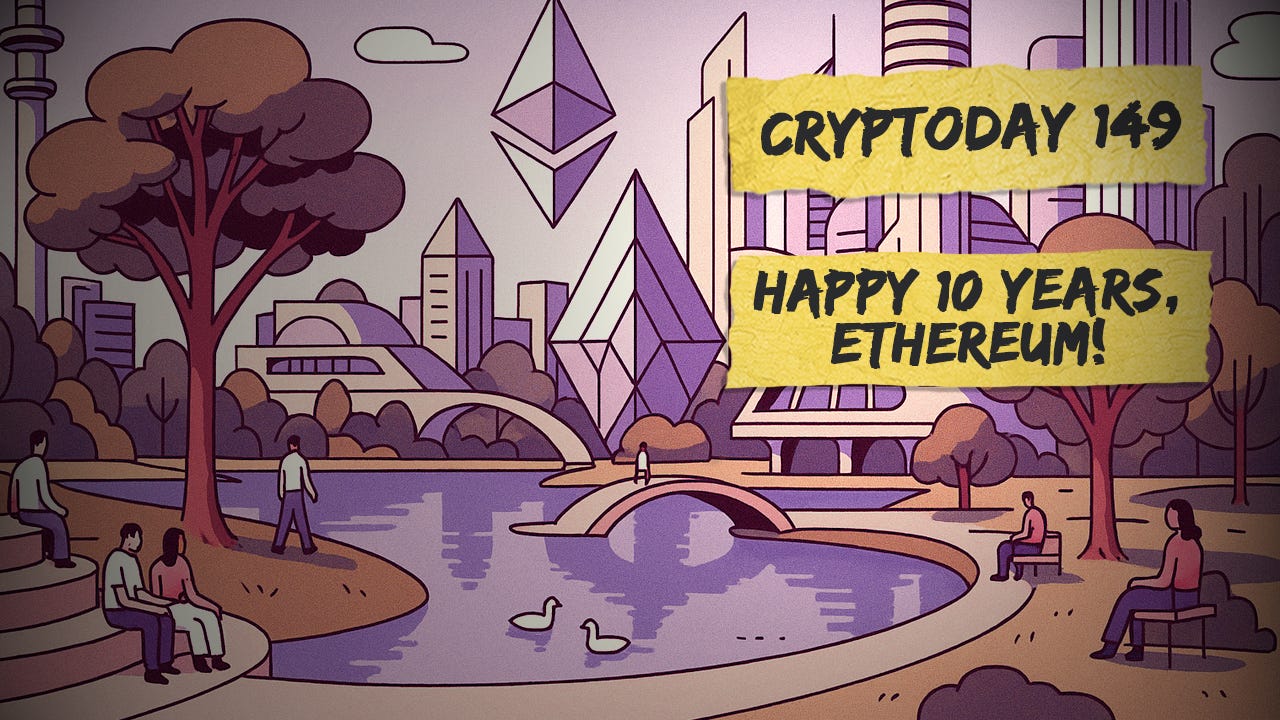

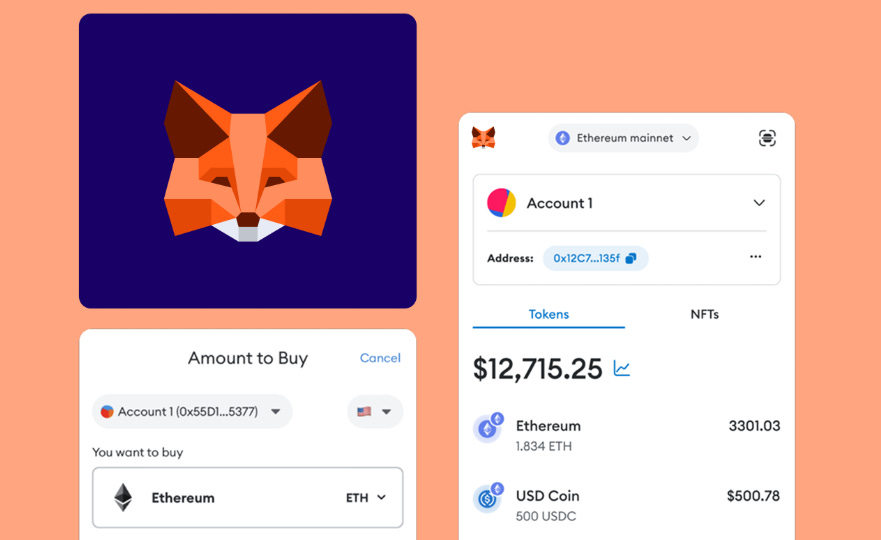
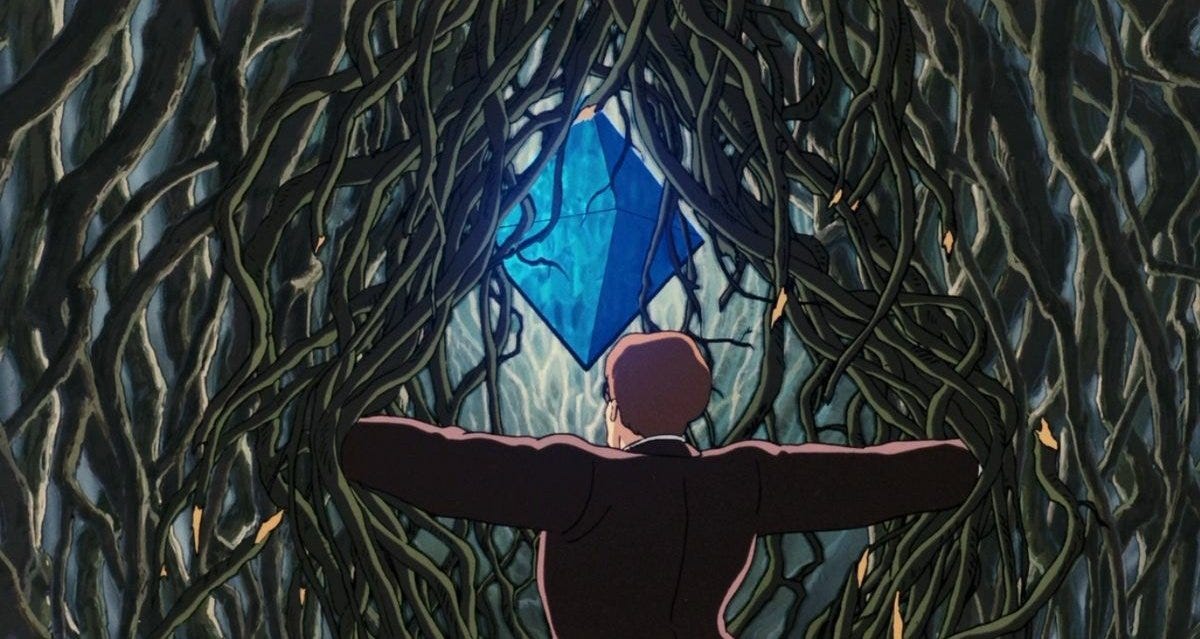
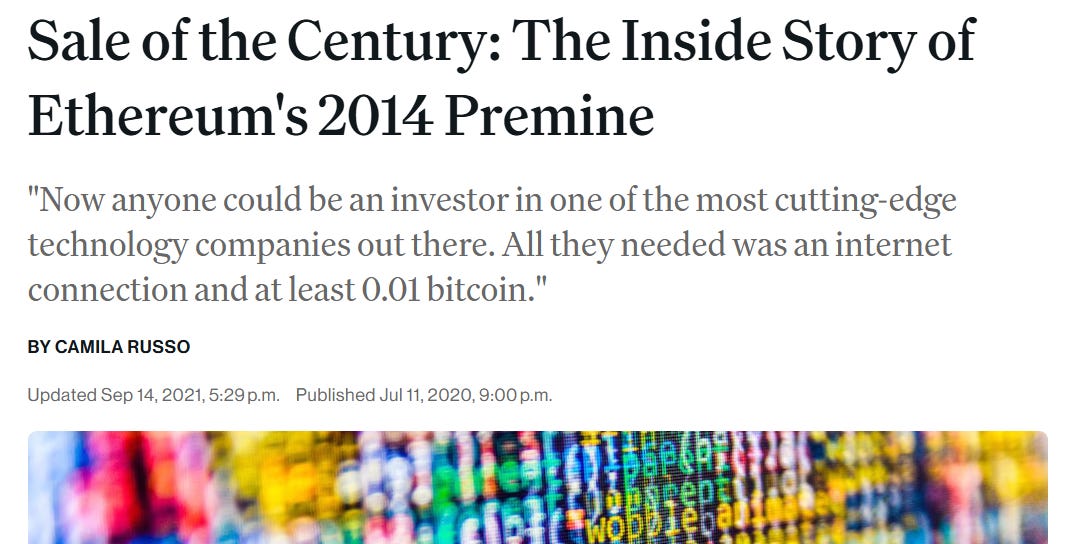
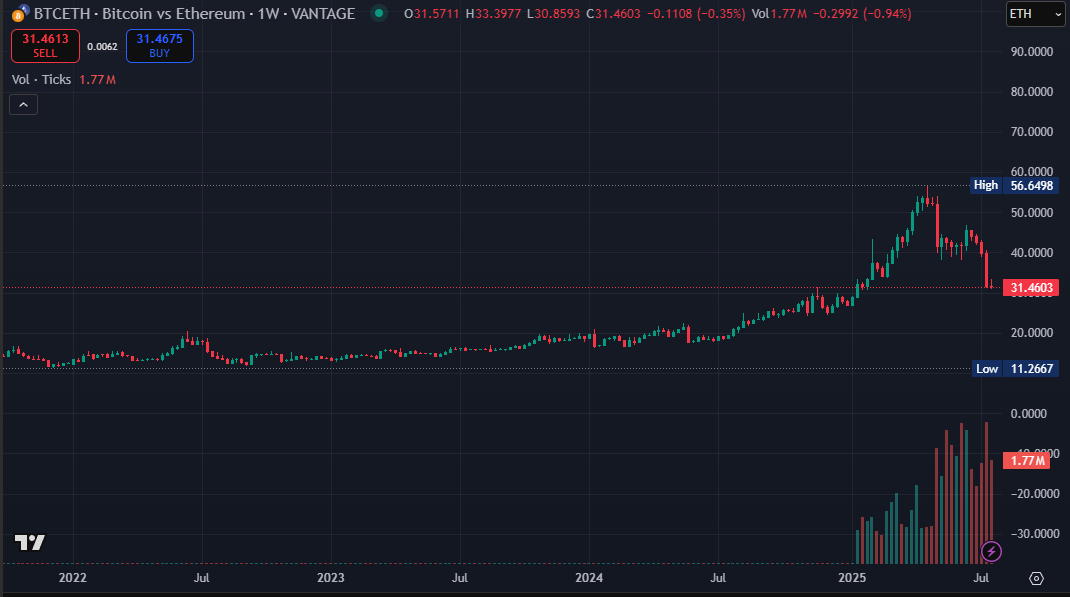
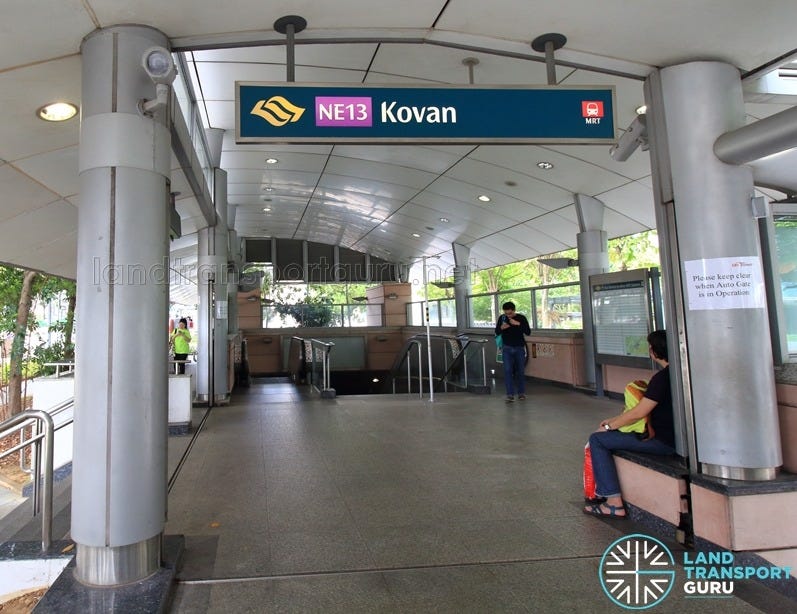
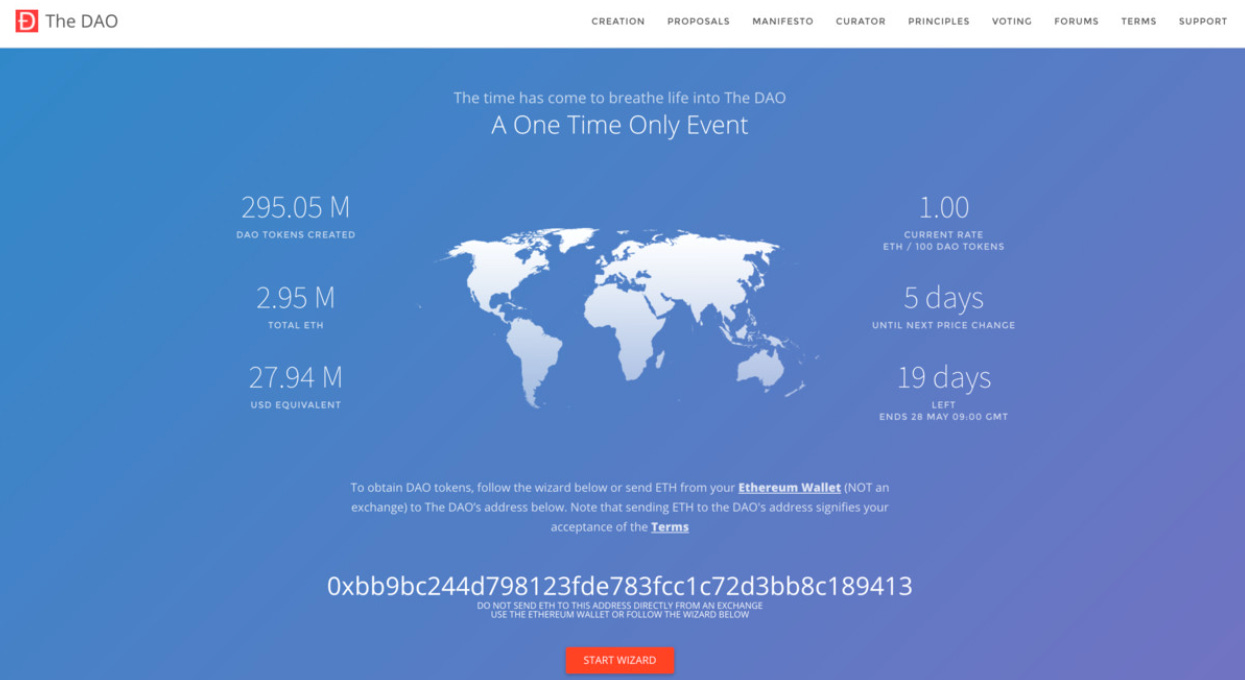
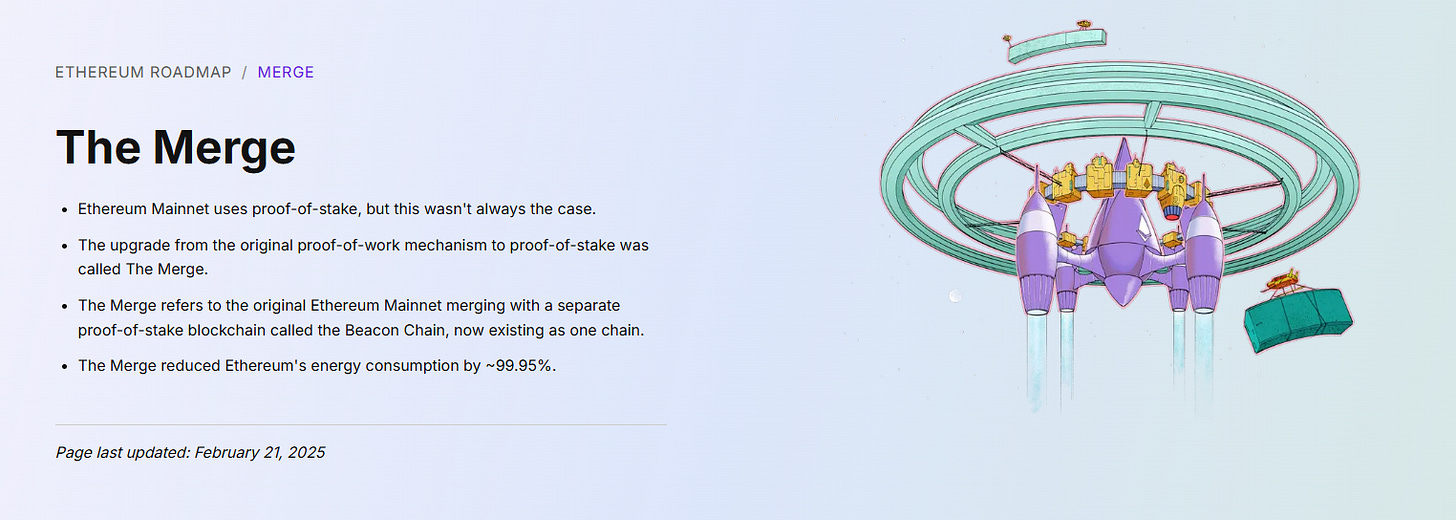
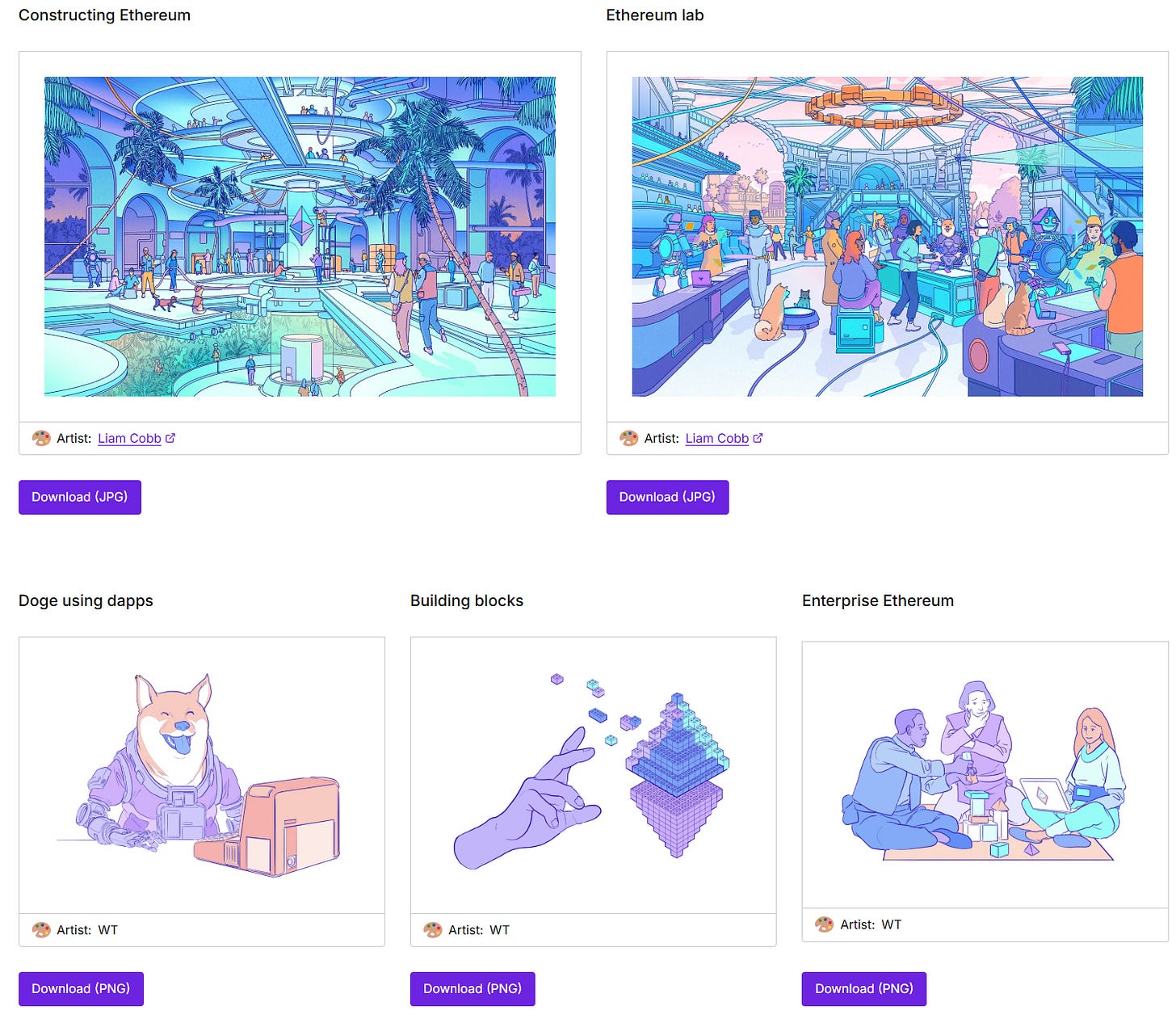
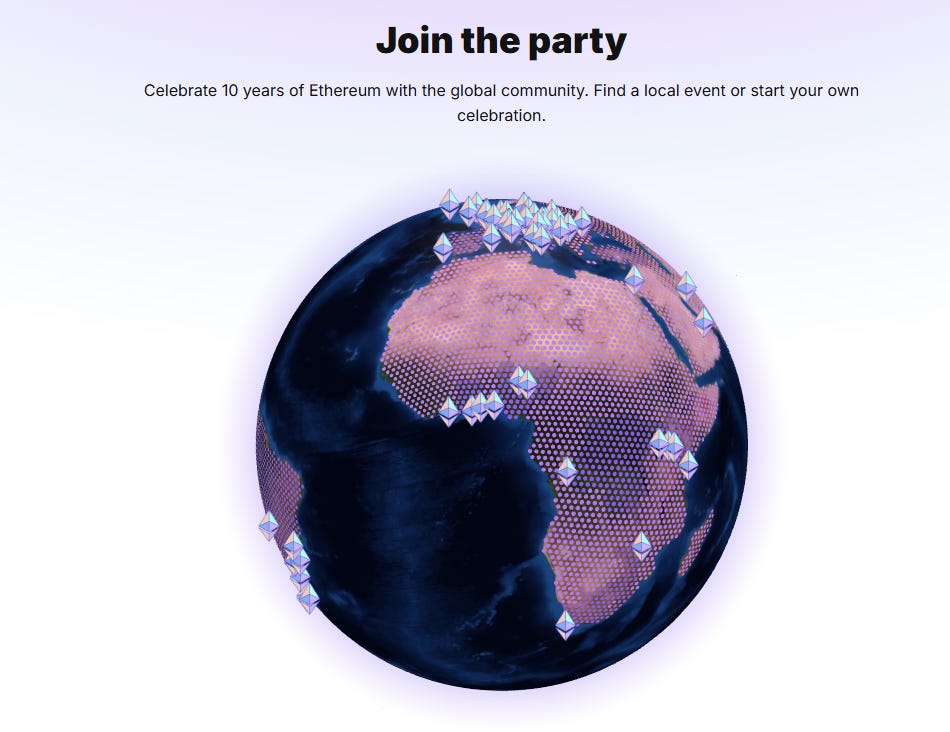
Happy 10th anniversary, Ethereum! Thanks for these informative insights. What’s your long-term perspective on ETH’s value? Do you think it’s possible for ETH to reach the same level as BTC?